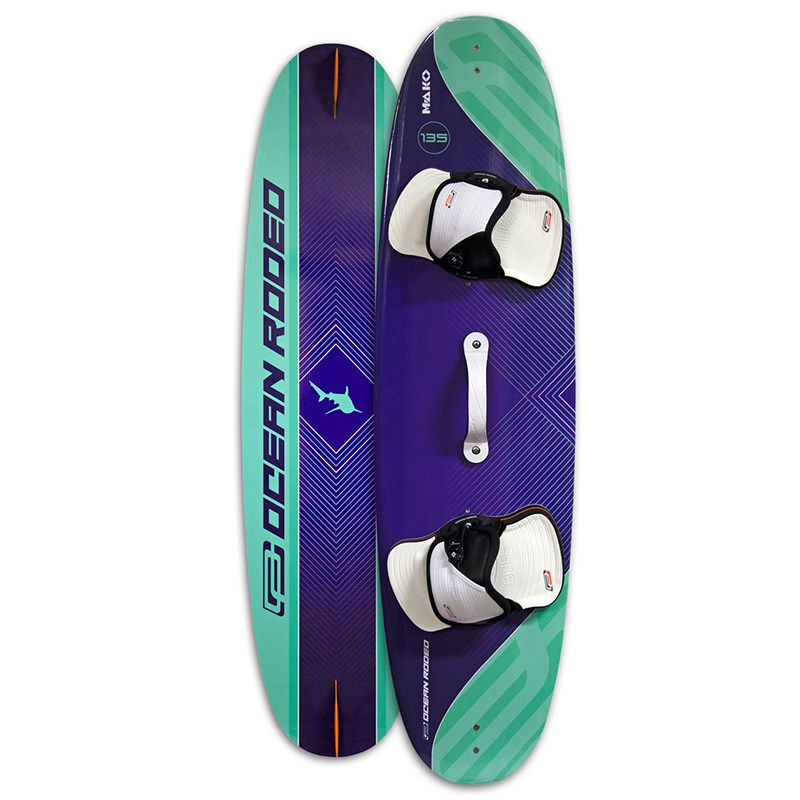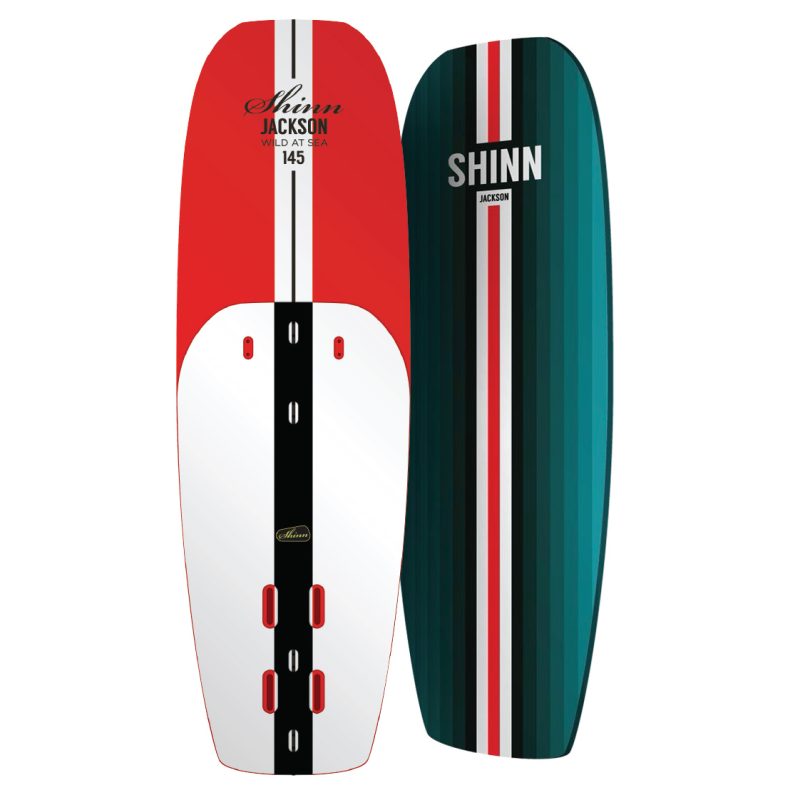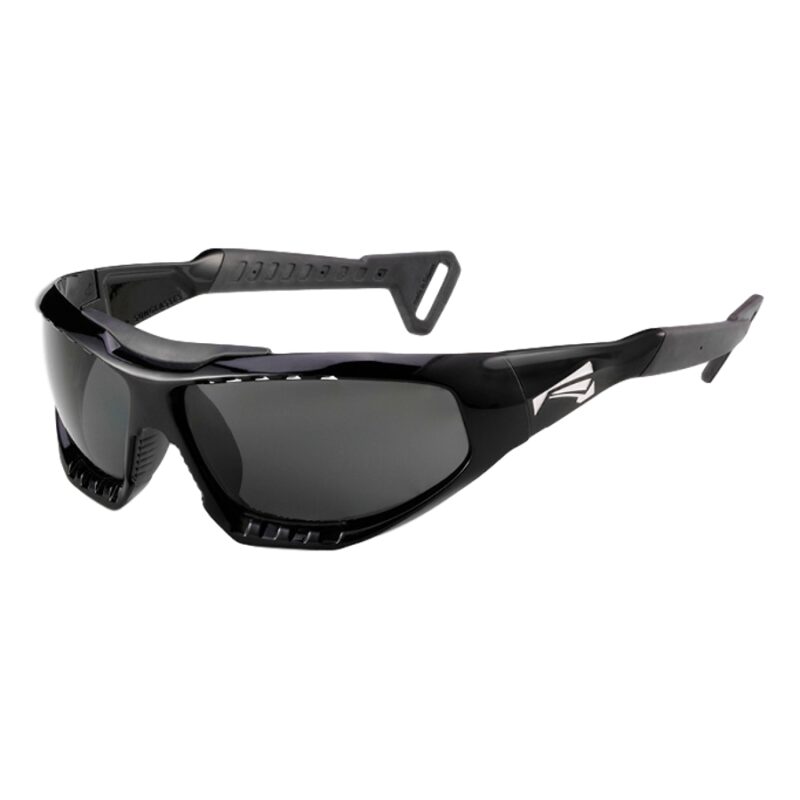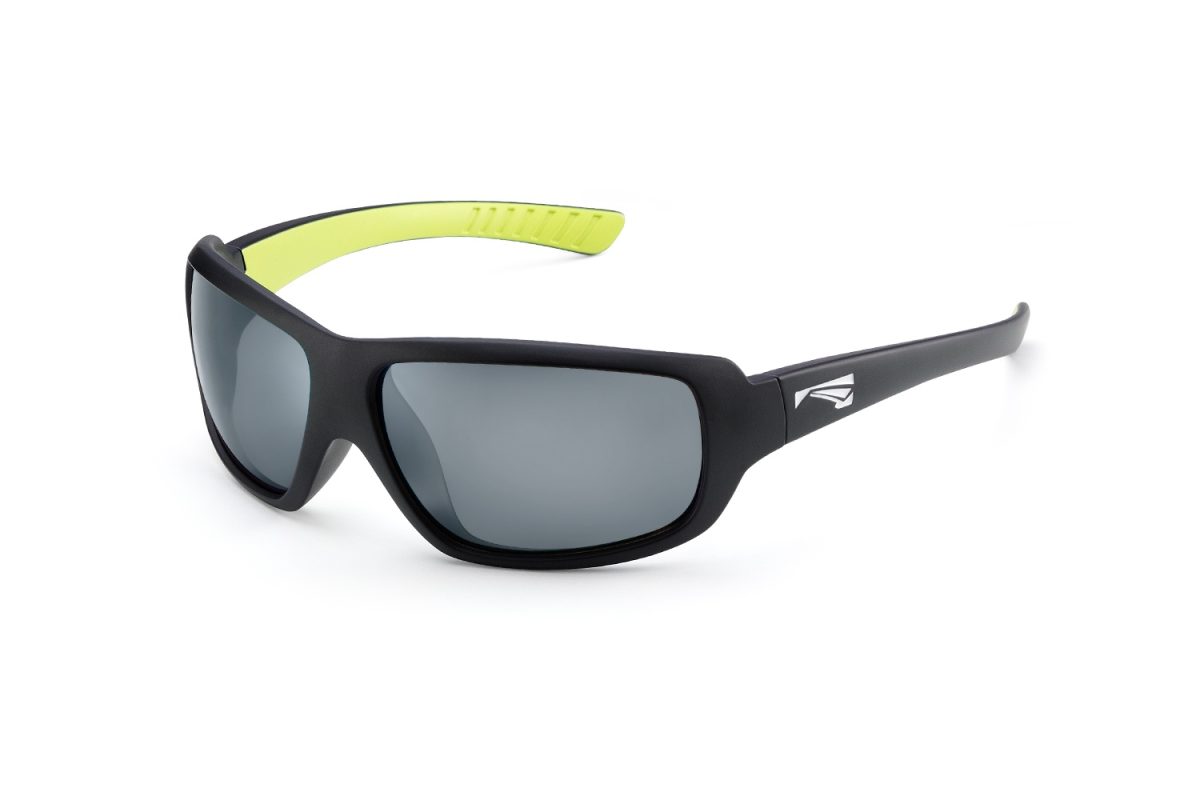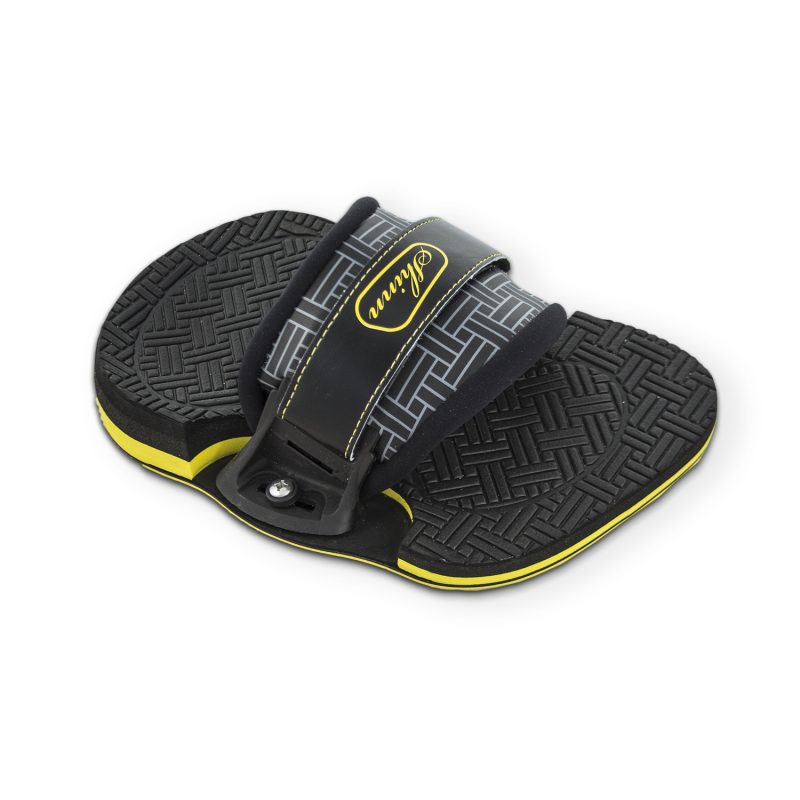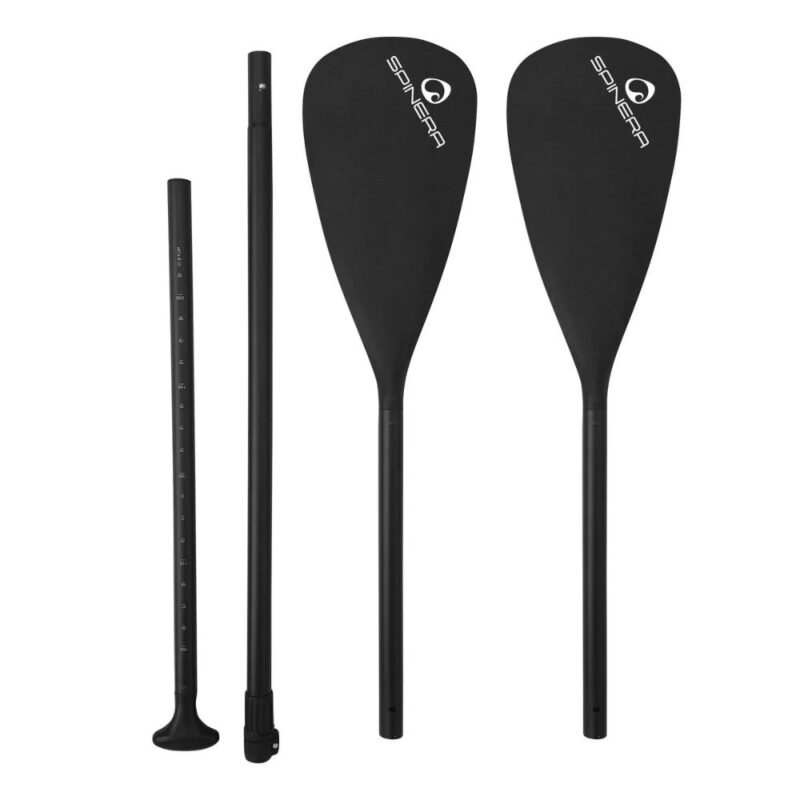
Blog
Balance Better: The Low-Tech Balance Board That’s Big on Benefits

If fancy gym routines and complicated exercise routines aren’t your style, here’s the great news: balance boards are making waves in the world of fitness, focus and fun. At first glance, a balance board may look simple but if you give it five minutes, you’ll be waking up muscles that you didn’t even know you had. Whether you’re a board-sport junkie, a beginner, or just someone looking for a fresh way to stay active, this low-tech hero might be your favourite coordination and workout buddy.
What exactly is a balance board anyway?
You may have seen them at gyms, under standing desks and in skate training videos, but what exactly is a balance board? In short, it’s a simple piece of gear that turns staying upright into a full-body workout with a healthy dose of fun. Think: coordination boost, micro-muscle magic and the core activation that you didn’t know you needed.
Meet the Roller, the Wobble, and the Wheel Board
Not all balance boards are built the same and that’s a good thing. Depending on your personal vibe and goals, there’s a balance board out there to match your style.
The Roller Board: A flat plank rests on a separate cylindrical roller and you’ll find yourself balancing side-to-side like Tony Hawk in training. Perfect for advanced fitness junkies, surfers, skaters and those who mean business!
The Wheel Board: A newer, hybrid style with a skateboard-style platform on wheels or a central pivot. These are used often for games or sport-specific training.
The Wobble Board: Usually round with a dome or ball underneath, this board will tilt in all sorts of directions. Perfect for improving 360° balance and increasing ankle strength. Pilates instructors are obsessed with this one!
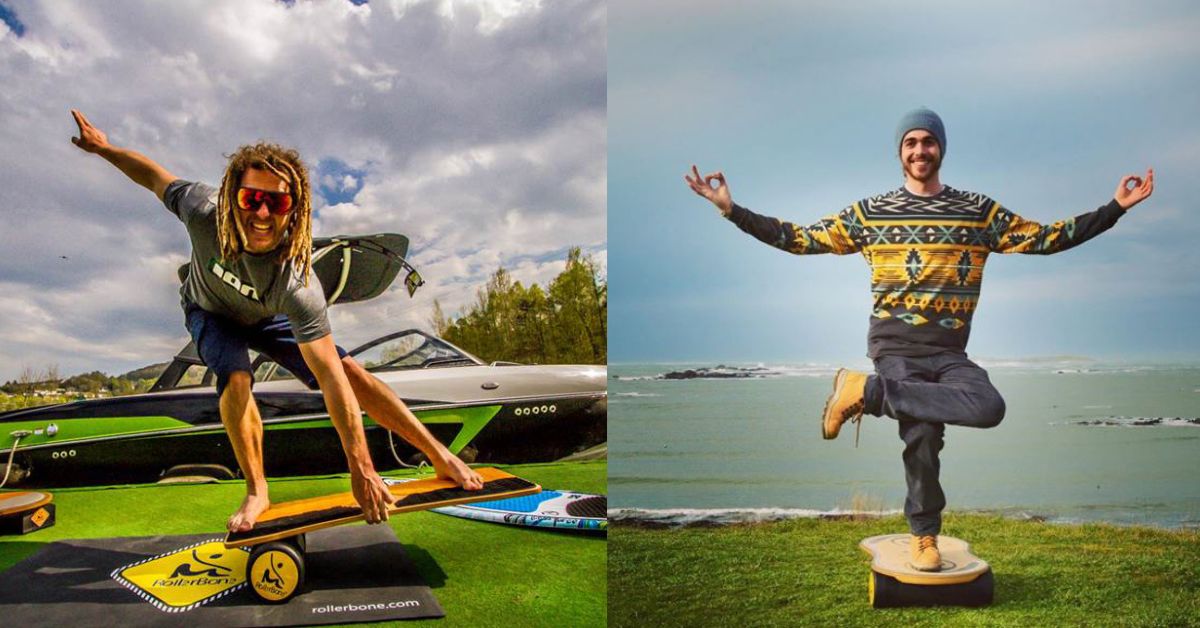
How This Low-Tech Tool Builds High-Level Skills
Try not to be feared by a balance board’s simplicity because this gear packs serious science.
Balance boards fire up your proprioception (your body’s natural ability to know where you are in space), forcing tiny muscles to constantly readjust. That means stronger joints, improved posture, and better coordination with no dumbbells needed.“
Balance boards are also great for:
- Core Strength: Consistent micro-movements = abs on autopilot.
- Focus: Specifically helpful for kids (and adults) with ADHD who benefit from moving whilst thinking.
- Knee and ankle stability: An underrated ally in post-injury rehab or injury prevention.
- Posture: Especially when used at a standing desk, say goodbye to a slouchy spine!

Why Balance Boards Are Basically a Gym in Disguise!
Balance Boards aren’t just a whole lot of fun: they sneakily train your whole body whilst you’re just trying not to fall over. Whether you’re striving for rock-solid abs, increased stability or just want to spice up your screen-time stance, this tool turns everyday wobbling into a legitimate workout.
Balance Board Exercises for Abs (And Beyond)
Here are a couple of simple favourites that turn balance board basic movements into full-on body activators:
Oblique Twists: Stand on your board and carefully rotate your torso- slow and steady work those side abs like nothing else will.
Plank Holds: Attempt a forearm plank on your board. You’ll feel it everywhere but most of all in your core and shoulders.
Push-Ups: Yes, even these manage to get more intense with a balance board underneath them.
Single-Leg Squats: Great for glutes, coordination, stability and a little extra challenge for the ego.
If you’re after a setup that slides straight into your home workouts, Ocean Trade Supplies has a range of balance board styles that make this whole fitness thing way too easy.
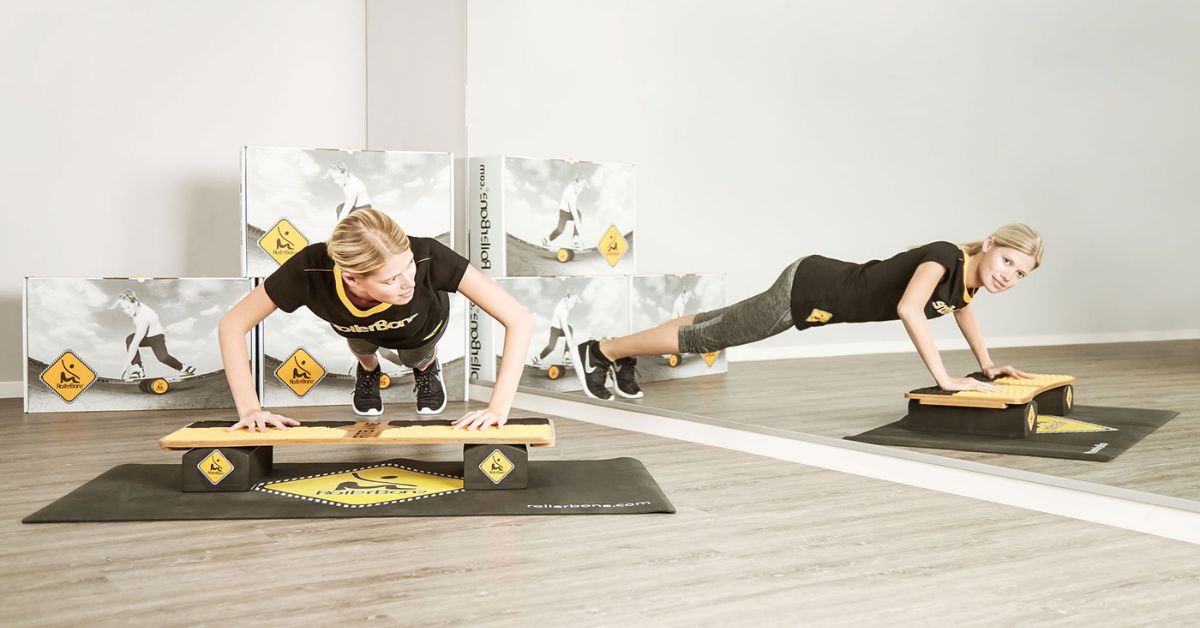
Balance Boards: A Treat for the Knees
Did you know that balance boards build joint stability without punishing impact? The wobble in a balance board strengthens the small supporting muscles around your knees which is a game-changer for people navigating challenges of stiffness, instability or other ailments from previous injuries. Many physios even suggest a balance board for post-injury rehab. So, grab a balance board and your knees will thank you later!
How Long Should You Stand on a Balance Board?
Start off easy: 5 to 10 minutes a day is plenty for those just starting out. You’re training micro-muscles, so it’s mainly about balance board consistency!
Once you get the hang of it, you can:
- Add it to your morning routine
- Use it while your brushing teeth (actually)
- Sneak it under your standing desk for passive gains
The goal? Make it a fun habit, not a chore. If you’re just getting started, Ocean Trade Supplies range of balance boards for beginners is the perfect intro into the world of wobbly fitness.
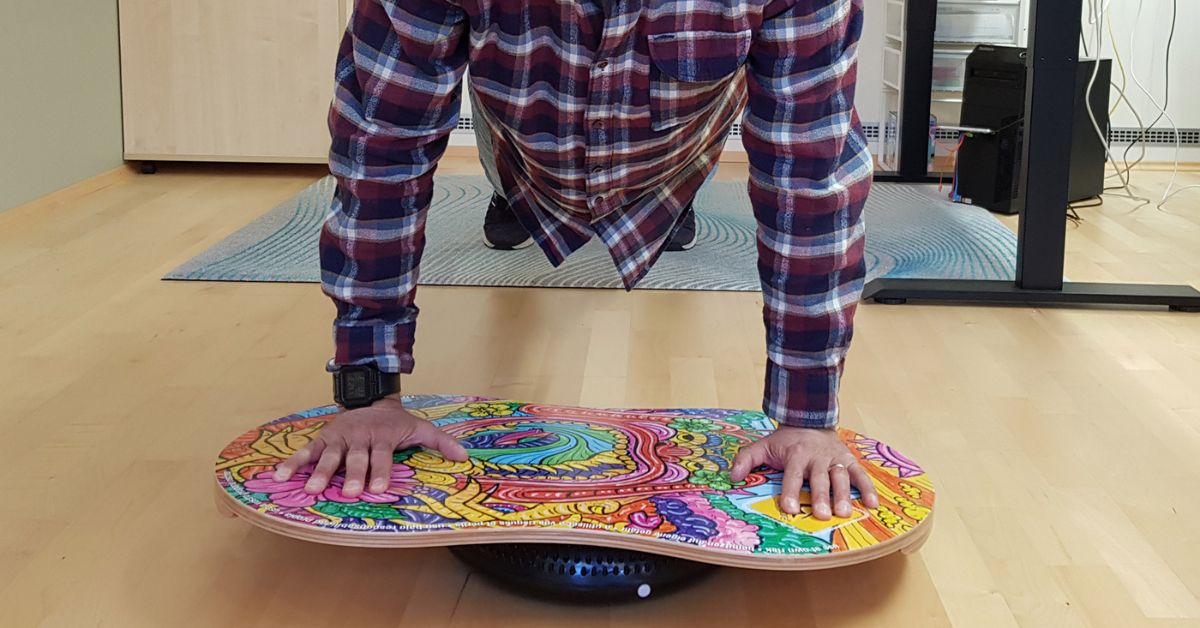
Best Balance Boards for Beginners, Skaters & Everyone In Between
Balance boards aren’t one-size-fits-all and that’s what makes them compellingly versatile. Whether you’re a seasoned skater looking to sharpen your skills or just looking to dip your toe into the world of balance training, there’s a balance board out there designed for your style, skill level and goals in mind. From easy-going beginner boards to high-performance setups, finding your perfect fit is about knowing what you need.
Beginner Balance Boards
If you’re brand new to balance training, the first board you invest in should work with you, look for features like:
Grippy Tops: To keep your footing secure as you figure things out.
Low Wobble Height: Easier to control, less risk of face-planting.
Wider Bases: More surface, more stability, enhanced confidence.
Top Tip: Check out beginner board options at Ocean Trade Supplies
Balance Boards For Skateboarding Practice
Want to sharpen your skate skills off the concrete? A balance board is basically your new best friend. Here’s what to look for:
Roller Boards: With a longer deck for side-to-side motion.
Skateboard-Style Grip Tape: For that authentic feel.
Wheel Boards: With pivot mechanics that can mimic caring and surf-style flow.
These are ideal for skaters, surfers and snowboarders looking to perfect their skills.
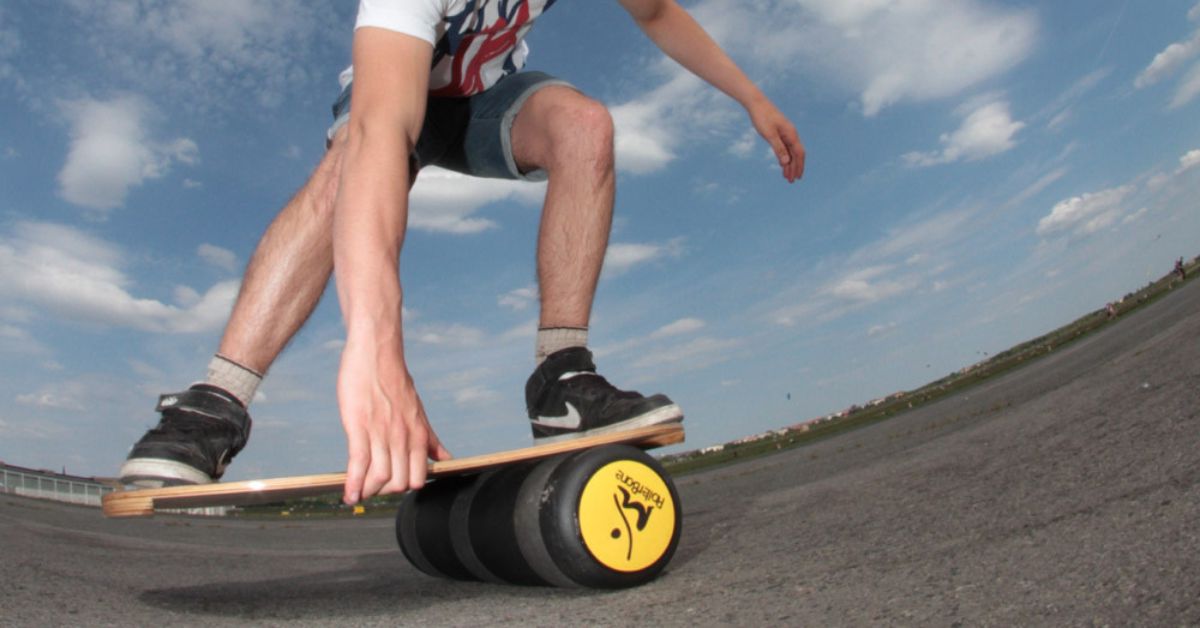
Quickfire Balance Board FAQ
What muscles do balance boards work? Pretty much everything but your core gets the biggest workout (hello, sneaky abs).
Do balance boards make you stronger? Absolutely, the way that balance boards engage your muscles to stay upright is basically strength training in disguise.
Are balance boards hard to use at first? Whilst your first few attempts may feel like you’re trying to tame a wild surfboard, you will get the hang of it quicker than you think! Most people get the hang of basic balancing within the first week or two.
Where should I use my balance board? Any flat, safe space is your perfect balance arena! Your living room is great for morning routines, your office could provide a standing desk setup and some people even brush their teeth on theirs. Just make sure you have enough space to wobble without taking out the coffee table.
Do balance boards help kids with ADHD? They absolutely can! Gentle movement helps kids (and adults) concentrate better by giving their body something to do while their brain gets to work.
A Balanced Life Starts Now
Ready to ditch the cliche workouts and embrace the wobble world of strength training, mental clarity and enhanced balance? Check out Ocean Trade Supplies for various balance board options to get your journey started.

